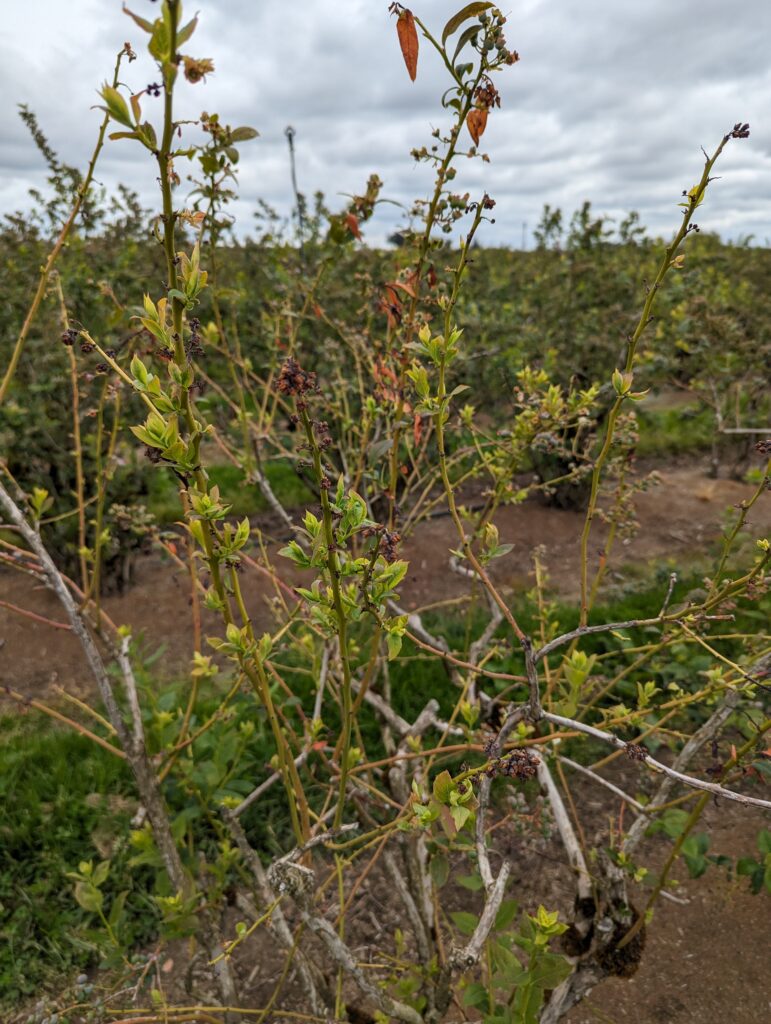
I’m always so amazed at the acclamation plants have in their growing environments. Of course, the inputs added to assist in their care make a huge difference but there will always be things out of our control. It’s become common since 2021 for plantings to have reoccuring dieback that has been historically labelled as ‘Recurring Shock Virus’. Investigation into this recurring shock found, unfortunately, the presence of scorch virus and several new viruses which we still know little about in how they affect the plant. There are several research projects currently tackling a survey of the problem, proper test sampling techniques, finding commonalities, and determining the relationship and management strategies for the host and vectors. But at what point do we admit that while we work towards explaining why plants with adequate inputs are showing signs of annual collapse that we should shift gears towards determining which varieties can withstand the growing conditions that the Pacific Northwest has to offer, with the presence/pressure of viruses one of these growing conditions? Pinpointing tolerance in certain varieties versus others might help determine which varieties are viable in the Pacific Northwest as we live with the fact that Scorch-like viruses are not going away. Understandably, it’s not a one size fits all cure. Take Draper, for example. One farm will have perfectly great fruit set and plants while the next field has collapsed year over year, almost as if the planting has started over with Shock symptoms each season since the 2021 Heat Dome. With some research and anecdotal observations, here are some of our initial thoughts on tolerant and sensitive varieties to viral collapse symptoms (regardless of the specific viral causal agent):
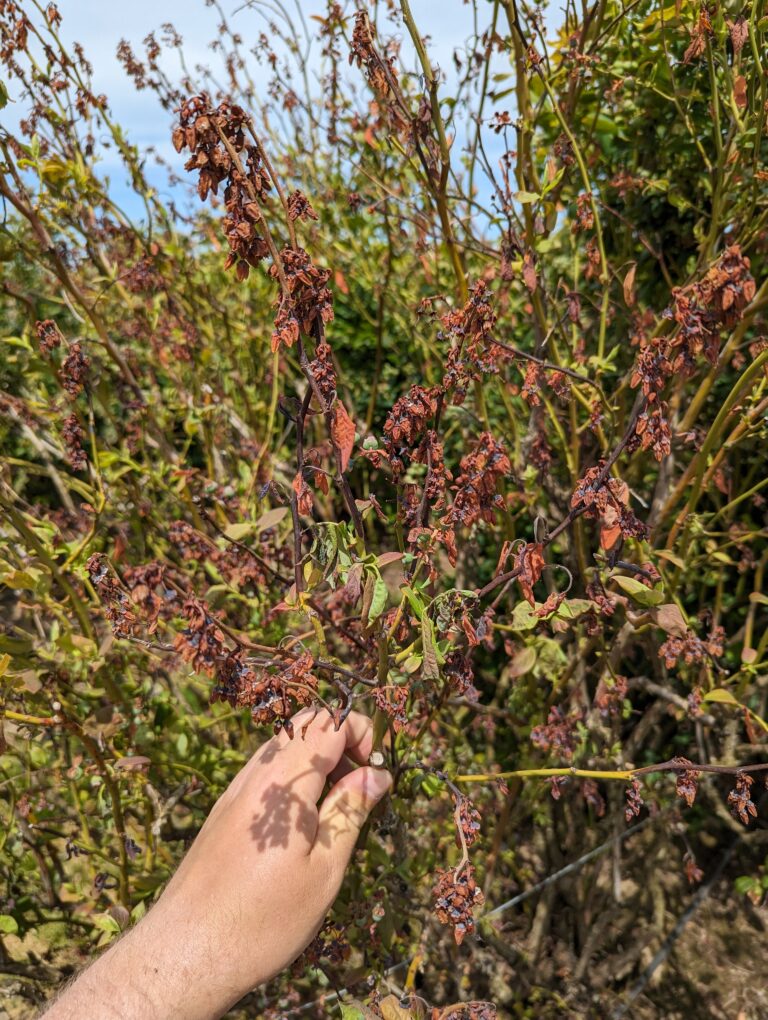
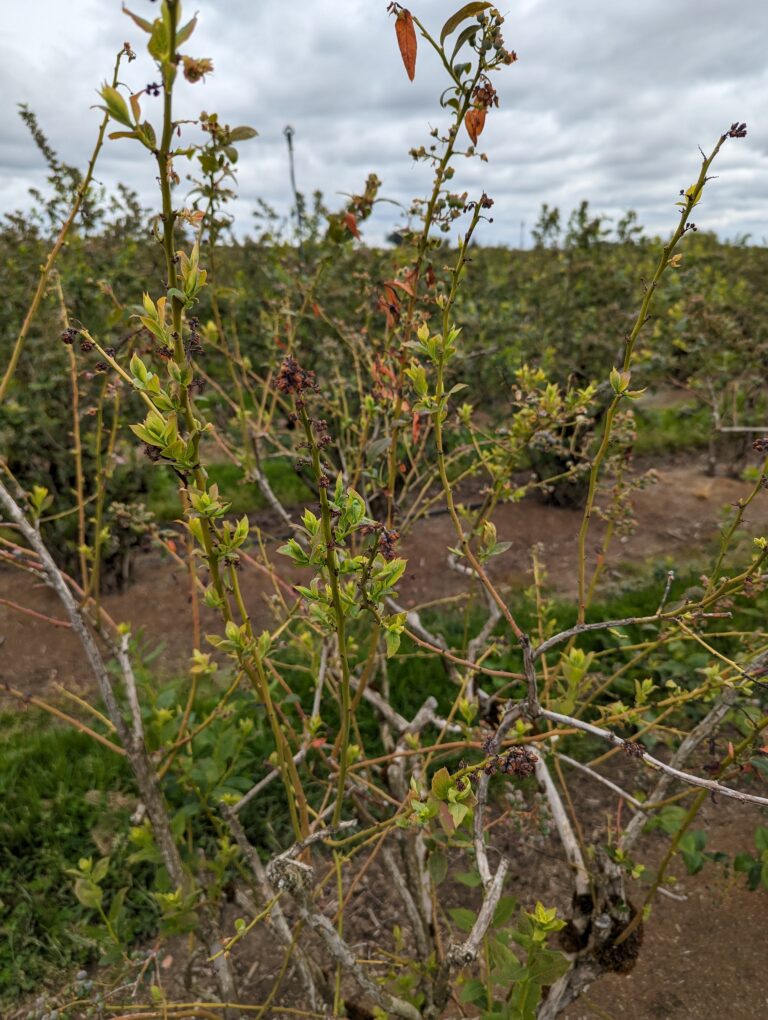
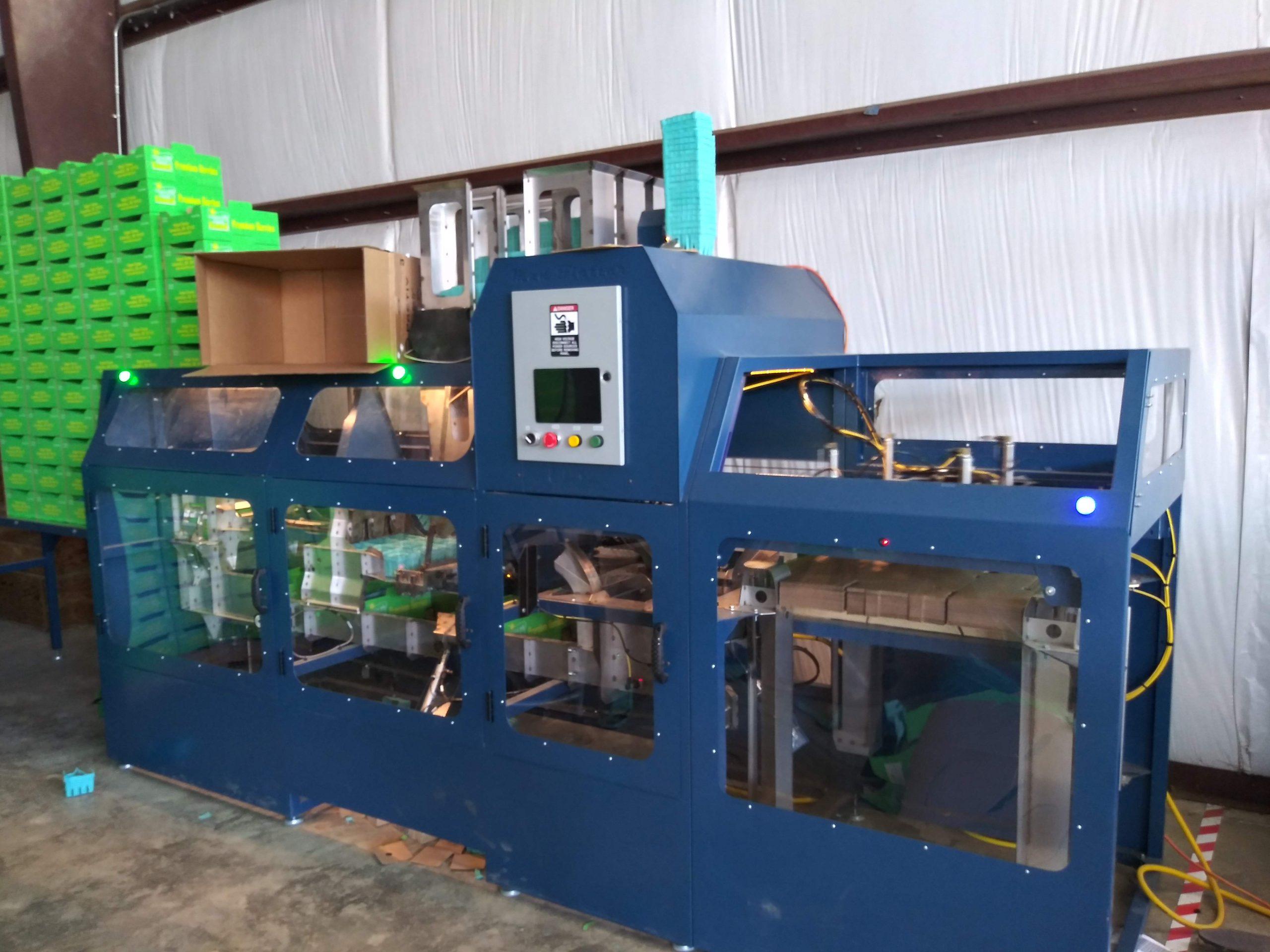
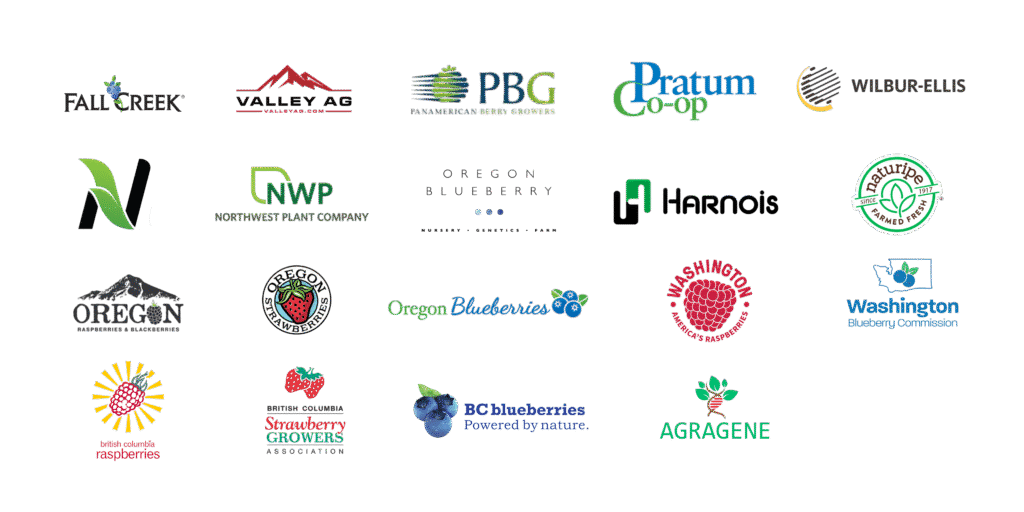
We have organized our mailing list to better serve our audience. Subscribe to receive exclusive updates from our weekly SFU newsletter or join our communications list for industry news, our events, forum alerts, and more. No spam. Just updates.